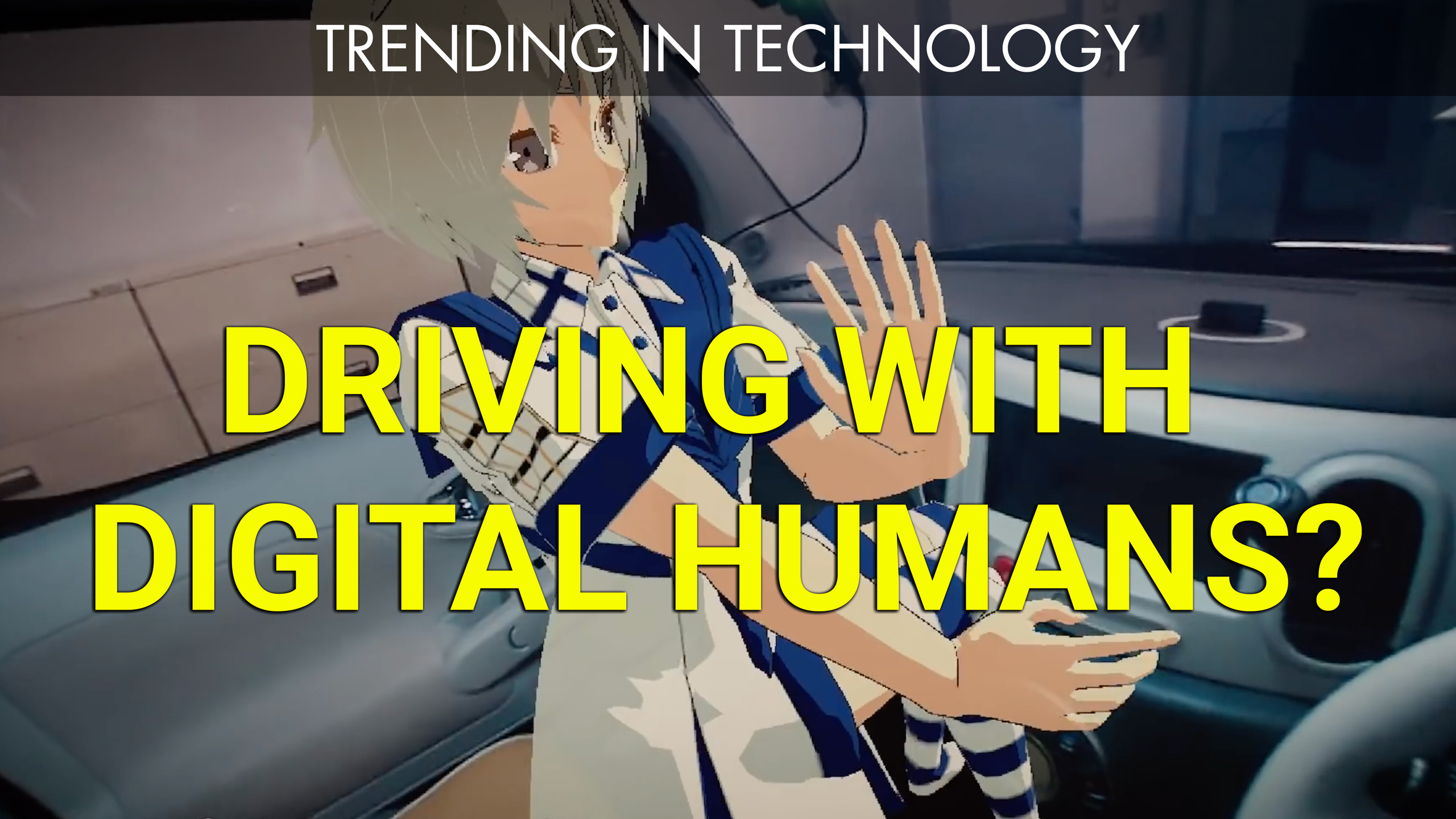When we look to the next decade of our devices, one of the main ways they’ll evolve is through the use of digital humans. We’re talking about an entirely new way of engaging with every single application and piece of software we use today.
Ten years from now, Netflix can’t rely on using the same online interface they use today. Already, people dislike scrolling through endless lists to find the right movie or show to watch. Instead, they may employ a digital human (named Joey, perhaps), that has the personality of a moviephile – literally having an intelligent perspective on every movie and show in existence [helping you find the right show to watch].
I realize that this is a hard concept to wrap one’s head around. It’s like telling you about the steering wheel before we’ve invented the car. Fortunately, we’ve been exposed to a few visual representations that help to understand this application of digital humans in our livelihood.
McDonald’s and Soul Machines gave us a decent visualization of digital humans acting as cashiers at kiosks. FaceMe also glimpsed this future when they turned UBS’s Chief Economist into a digital human to give financial advice. This still doesn’t fully answer the question: where will we use these digital humans?
Strategically speaking, the answer has to be more specific than “everywhere”. Because a tool designed to solve every problem will probably solve no problems. It’s the same reason why Jeff Bezos chose books as Amazon’s beachhead into the greater world of ecommerce. Without a beachhead to master at first, digital humans just won’t catch on.
During CES 2019, though, Nissan added a lot of clarity to this future of digital human existence. And it’s taking place in autonomous vehicles.
Digital Humans in Your Passenger Seat
One of the most attractive features of autonomous vehicles is the fact that they’ll free up so much time for us during commutes. What will you choose to do during this time? Literally, anything you desire from playing cards with other passengers to brushing your teeth. If you’re anything like me, you’ll probably use that extra time to prepare for work.
By the time autonomous vehicles reach the critical mass, digital human interfaces will be much further along in advancement. And one of the greatest forms they’ll take is as a conversational companion. The idea behind these digital humans is to relinquish us from having to sit down and type or use a search engine. Simply speaking with a digital human will suffice in getting that work done.
With that in mind, a Bloomberg digital human would “sit” in the passenger seat and converse with you about the markets that day. A Salesforce digital human could talk through the day ahead and the sales calls you have scheduled. Basically, we’ll be using this extra commuting time to get work done in a novel way (not staring at a screen).
Nissan has visualized what this interface may look like in a project they’re calling Invisible-to-Visible technology. Essentially, it’s an interface that bridges the digital world with our surroundings, specifically for use in their autonomous vehicles. What stood out most is the ample opportunity for digital humans to enter the autonomous vehicle world. If you’re commuting alone, it makes even more sense to have a digital human copiloting and conversing with you during your ride.
Ryan and I elaborate on the Invisible-to-Visible Technology in this video.
This makes two years in a row that Nissan has come to CES with some very impressive, futuristic technology surrounding the experience of autonomous vehicles. Last year, they showcased Brain-to-Vehicle Technology which is one of the most thought-provoking ideas we’ve heard in a while. If you want to read Ryan and my notes on this topic, head over to the community.
